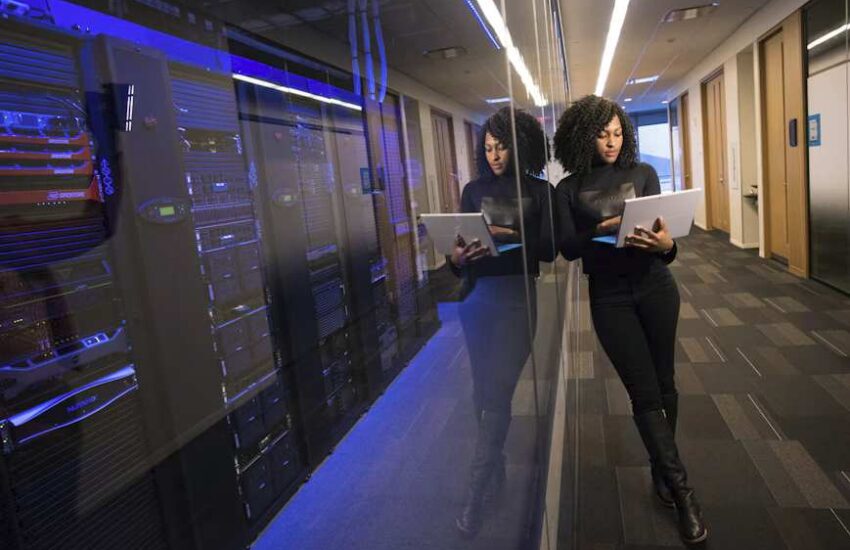The Future of Fabrication: Emerging Technologies Shaping the Industry
The fabrication industry is undergoing a profound transformation thanks to numerous emerging technologies.
These innovations are streamlining production processes, improving efficiency, and creating products that are both more complex and more reliable.

As we go deeper into the 21st century, understanding these technological shifts is important for anyone involved in manufacturing, construction, and related fields.
Revolutionising with Robotics and Automation
One of the most significant changes in the fabrication industry is the increased use of robotics, particularly collaborative robots or cobots.
These advanced machines are designed to work alongside humans, improving safety and productivity while addressing labor shortages.
For instance, in metal fabrication, cobots are now performing tasks that were once hazardous for humans, such as welding and cutting.
This shift improves operational efficiency and also reduces costs significantly.
Laser Cutting: Precision and Efficiency
Laser cutting is significantly shaping the future of fabrication by offering unparalleled precision and efficiency in cutting various materials, including metals, plastics, and composites.
Known for their power and precision, lasers for example Lotus Blu125 CO2 lasers commonly used by Simply Plastics, allows for quick and accurate cutting of complex shapes, thus streamlining production processes and reducing waste.
The Power of 3D Printing and Additive Manufacturing
3D printing, or additive manufacturing, has become a core component of modern fabrication.
This technology allows for the quick, cost-effective creation of complex metal parts and prototypes.
With advancements like metal powder bed fusion, 3D printing enables the production of detailed designs that were previously impossible, minimizing waste and revolutionising traditional manufacturing processes.
Harnessing the Potential of the Internet of Things (IoT)
The Internet of Things (IoT) is transforming how fabrication machinery is monitored and controlled.
By integrating IoT devices and sensors, real-time data on machine performance and usage can be obtained, facilitating predictive maintenance and minimizing downtime.
This level of connectivity extends the life of machinery and also enhances the flexibility and efficiency of the fabrication process across various locations.
Improving Precision with CAD and CAM
Computer-Aided Design (CAD) and Computer-Aided Manufacturing (CAM) are also pivotal in the evolution of fabrication.
These technologies allow for precise 3D modelling and simulation before the actual manufacturing begins, ensuring accuracy and consistency.
CAM, in particular, streamlines the programming of Computer Numerical Control (CNC) machines, further reducing lead times and costs while improving product quality.
Embracing Advanced Materials
The adoption of advanced materials such as high-strength steels, aluminium alloys, and titanium is transforming product design and performance.
These materials are enabling the creation of lighter, stronger components that perform better and last longer, particularly in demanding industries like aerospace and automotive.
The Path to Sustainability
An exciting aspect of modern fabrication is the focus on sustainability. Technologies like 3D printing are at the forefront, promoting minimal waste production.
Moreover, the use of recycled materials is becoming more common, with some companies providing sustainable solutions without compromising on quality or performance.
To wind it up, the future of fabrication is clearly being shaped by these emerging technologies.
As the industry continues to evolve, the integration of advanced robotics, additive manufacturing, Internet of Things (IoT), and innovative materials will drive efficiency and also foster a more sustainable and economically viable future.
Whether you’re directly involved in the industry or simply keeping an eye on trends, these advancements promise exciting changes for the way we create and build.


